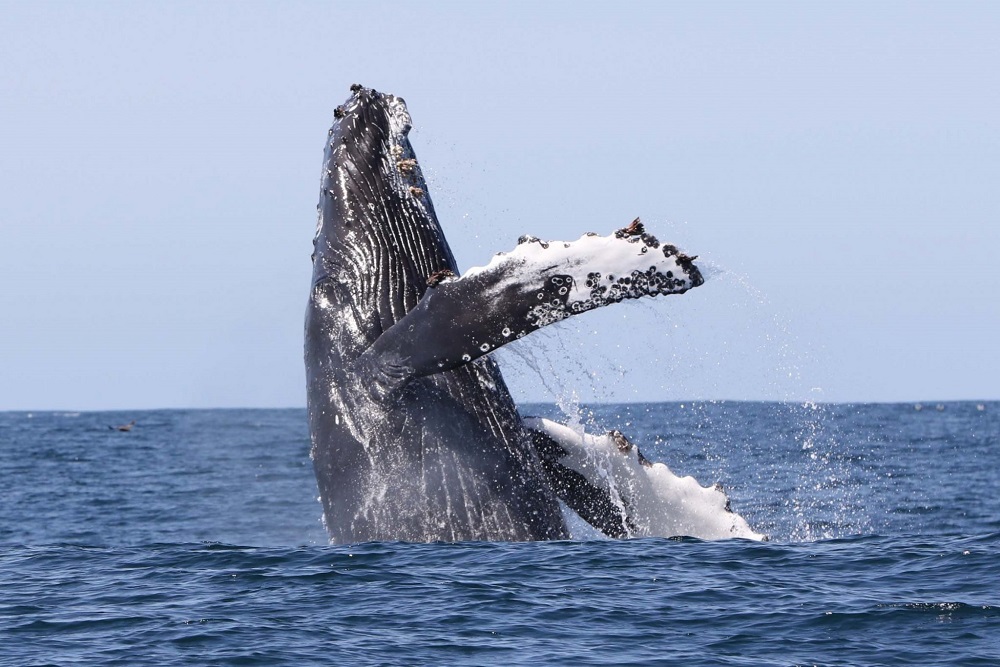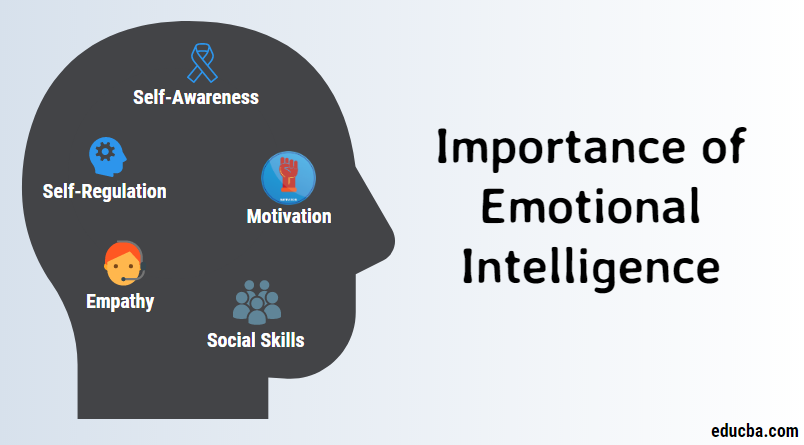Scientists have developed a remote-controlled drone that could weigh wild whales while hovering above them.
This new model can accurately calculate the body volume and mass of free-living whales by measuring the body length, width and height of the magnificent mammal using photographs obtained by drones.
Previously, whales could only be weighed when they are washed up on beaches or dead, due to their large size and aquatic nature. This occurrence has limited the number of resources available to scientists for data preparation.
The creation of this new initiative allows scientists to take aerial photographs and make videos by drones. This new approach has further assisted scientists in assessing the survival of calves, and possess many potential that could be useful in conservation.
Investigating whales in their natural habitat
Fredrik Christiansen, an assistant professor from the Aarhus Institute of Advanced Studies in Denmark, explained it is challenging to measure a whale on a scale. Still, this new feature will enhance the progress and development of their research.
According to Christiansen, knowing a whale’s body mass can reveal its health status. The result can then be compared to past measurements of the density of that particular species of whale’s body, to estimate its volume and weight.
The innovation can reveal if a whale is underfed, as been underweight could hurt the chances of a whale reproducing and surviving at sea.
As part of a joint study, the researchers also investigated the movements of various species of whales, which gather in large numbers at their winter breeding grounds off the coast of Península Valdés, Argentina.
The team flew a drone over whales swimming in clear water, capturing photographs when the adults and calves came up to the surface to breathe, including their backs and sides when they rolled over.
The researchers were able to obtain length, width and height measurements for 86 whales from these photos
The photos revealed they could get a good representation of the body shape of the whales, which could be linked back to old whaling recording body length, girth and mass. They were then able to convert body shapes, or volumes, to weight.
Drones used to for other innovations
According to Christiansen, the innovative method can also be used to learn more about the physiology and ecology of whales. He further noted that knowing the body mass of free-living whales opens up new avenues of research.
Dr. Michael Moore, co-researcher and senior scientist at the Woods Hole Oceanographic Institution said the weight measurements of live whales at sea inform how chronic stressors affect their survival and fecundity.
Dr. Moore also stated that drones are already being used to assess the impacts of kelp gull harassment on the health and survival of southern right whale calves.
The research was carried out in collaboration with the Southern Right Whale Health Monitoring Programme in Argentina and the Woods Hole Oceanographic Institution in the US.
The work is outlined in the British Ecological Society journal Methods in Ecology and Evolution (MEE).







